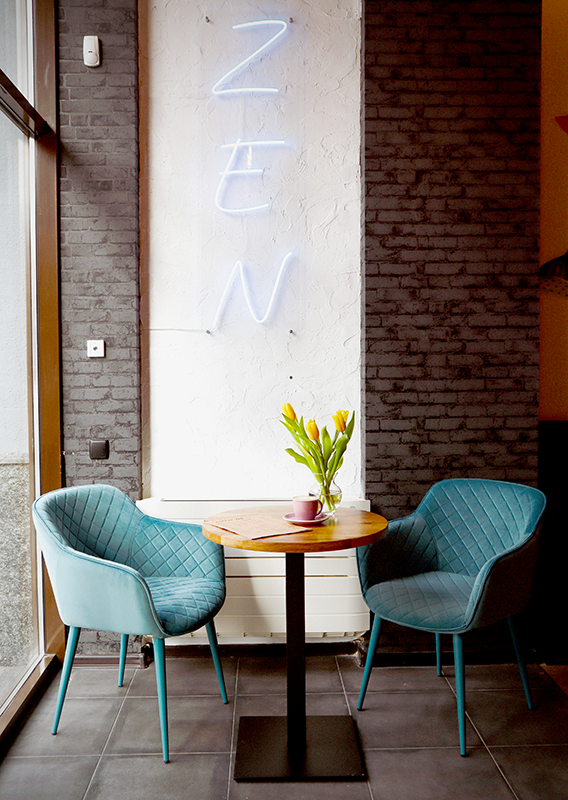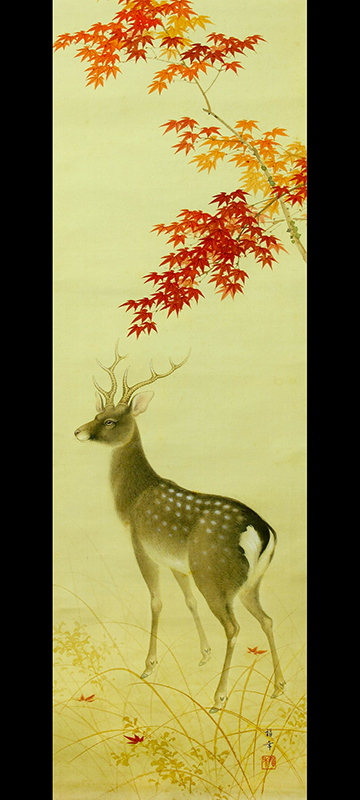If you're looking for a creative way to add some global flair to your art, you may want to consider the Japandi style.
Japandi is a fusion of Japanese and Scandinavian design elements, and it's a trend that's been gaining popularity in recent years.
If you're not familiar with Japandi, no worries; in this blog post, we'll give you a crash course on this artistic style.


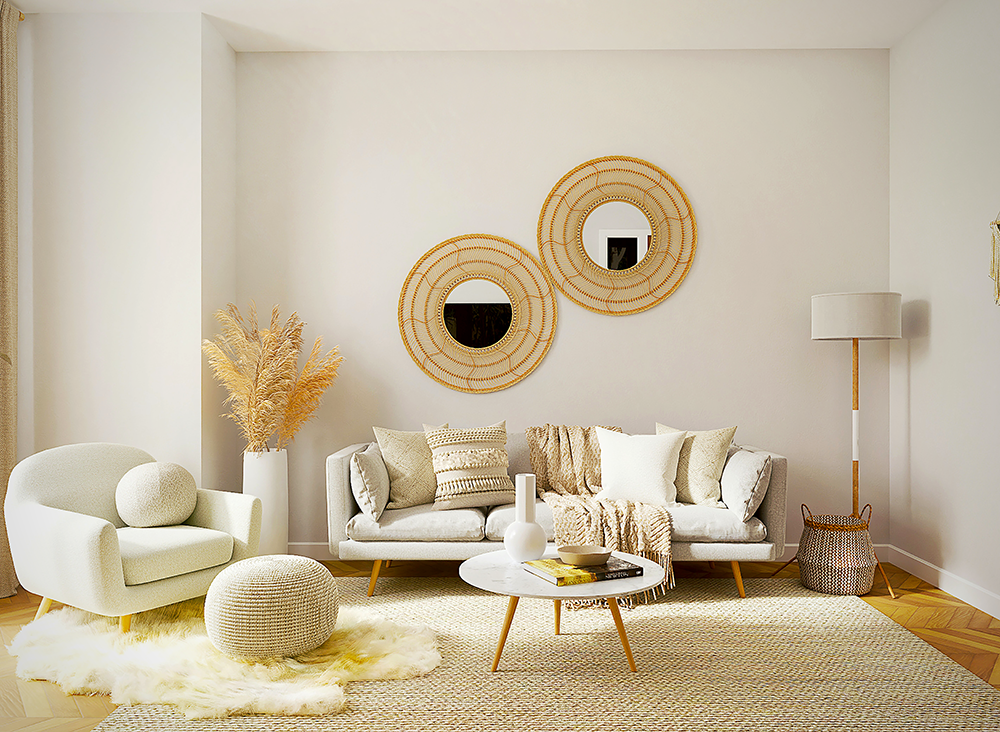
What is Japandi?
Japandi is a style of art that combines elements from both Japanese and Scandinavian cultures.
This fusion results in artwork that is both minimalistic and elegant.
Japandi art often features nature scenes or simple geometric shapes.
The colors are typically muted, with black, white, and brown being the most popular choices.
This art form is characterized by its simplicity and clean lines.
Japandi artwork is often mistaken for being purely Japanese or Scandinavian; however, the two styles are quite different.
Scandinavian art is typically more ornate, while Japanese art is more subdued.
Japandi interiors incorporate both of these styles while merging them together to create a unique, modern look with furniture and canvas prints on walls.
Japandi art is often used in interior design and utilizes natural materials such as wood, stone, and bamboo.
It is also often used to add an extra layer of visual interest to a room, such as a feature wall.


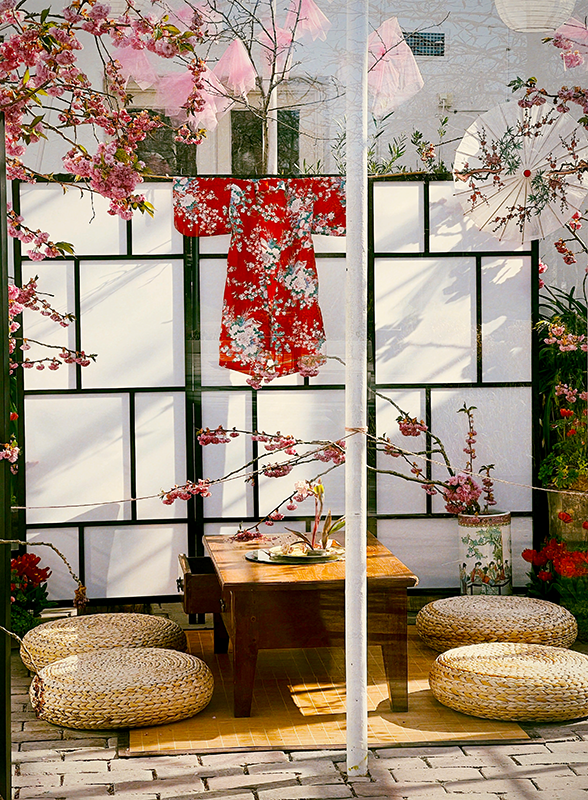
How Did Japandi Come About?
The term "Japandi" was coined by a Swedish design studio in the early 2000s.
However, the style of Japandi art has been around for much longer than that.
In fact, Japandi can be traced back to the late 19th century, when Japanese art was first introduced to the West.
At the time, Westerners were fascinated by the simplicity and beauty of Japanese art.
As a result, many Western artists began incorporating Japanese elements into their own work.
One of the most famous examples of this is Vincent van Gogh's "Starry Night" painting, which was inspired by a Japanese woodblock print.
In the early 20th century, Scandinavian designers also began to experiment with Japanese aesthetics.
This was in part due to the popularity of Swedish architect Erik Gunnar Asplund, who was heavily influenced by Japanese design.
As a result of these two movements, the Japandi style was born.
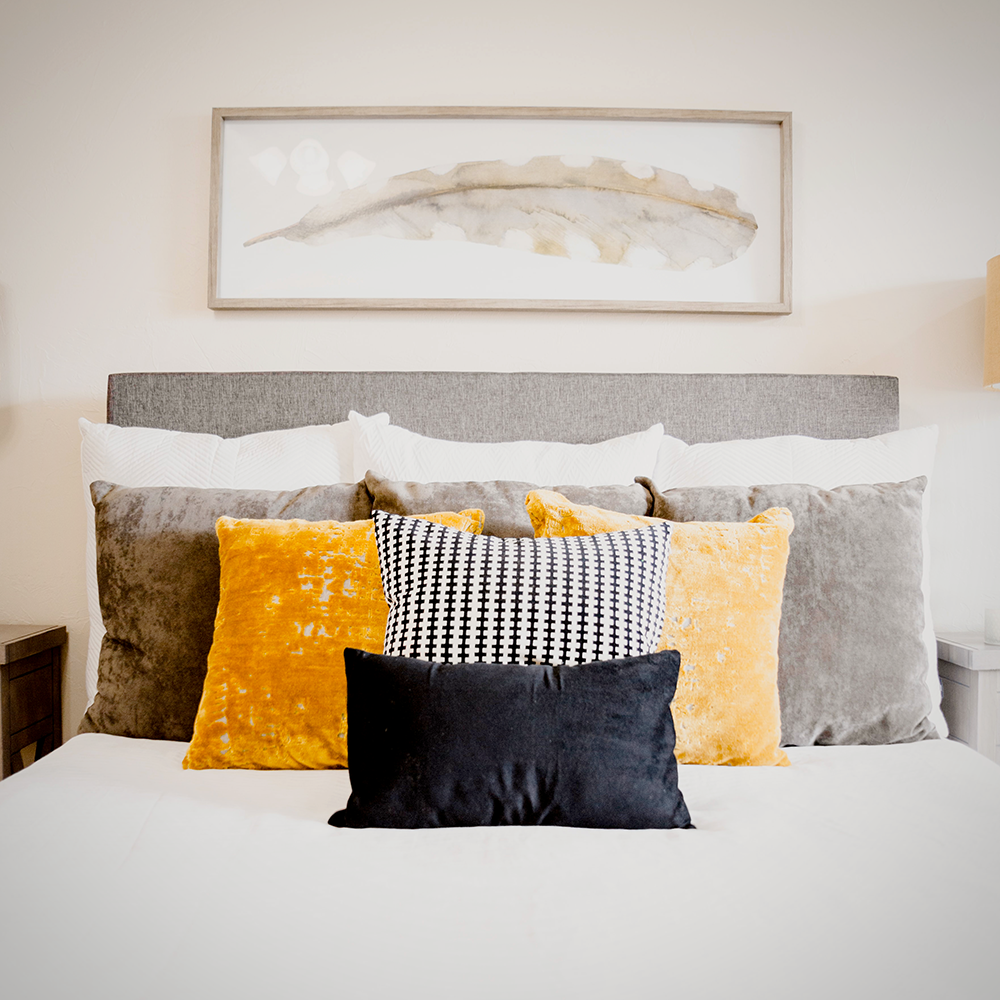
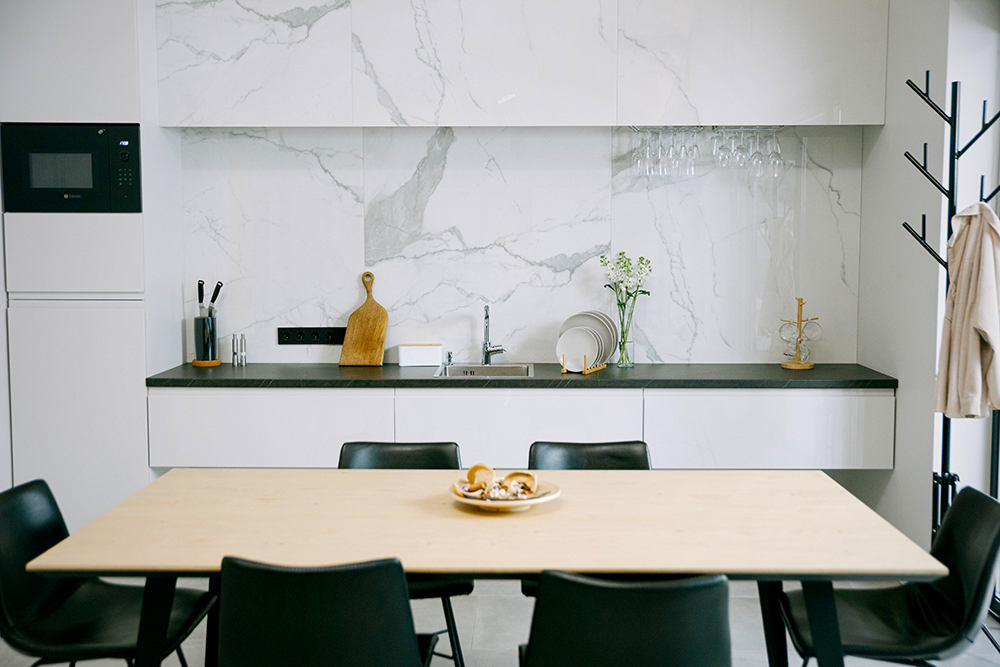

Why is Japandi Art So Popular?
Japandi art is popular for a number of reasons.
First, it's a very versatile style; it can be used in a variety of settings, from homes to offices to businesses.
Second, Japandi art is very easy to find; there are many online retailers that sell Japandi-style artwork, and it's also fairly easy to find in brick-and-mortar stores.
Third, Japandi art is affordable; it's not as expensive as other styles of art, such as abstract or impressionist art.
Fourth, Japandi art is relatively easy to create; it doesn't require a lot of specialized skills or equipment.
Finally, Japandi art has a calming effect; it's perfect for people who want to add a touch of serenity to their space.
If you're looking for a creative, global, and affordable way to add some flair to your art collection, Japandi art is a great option.


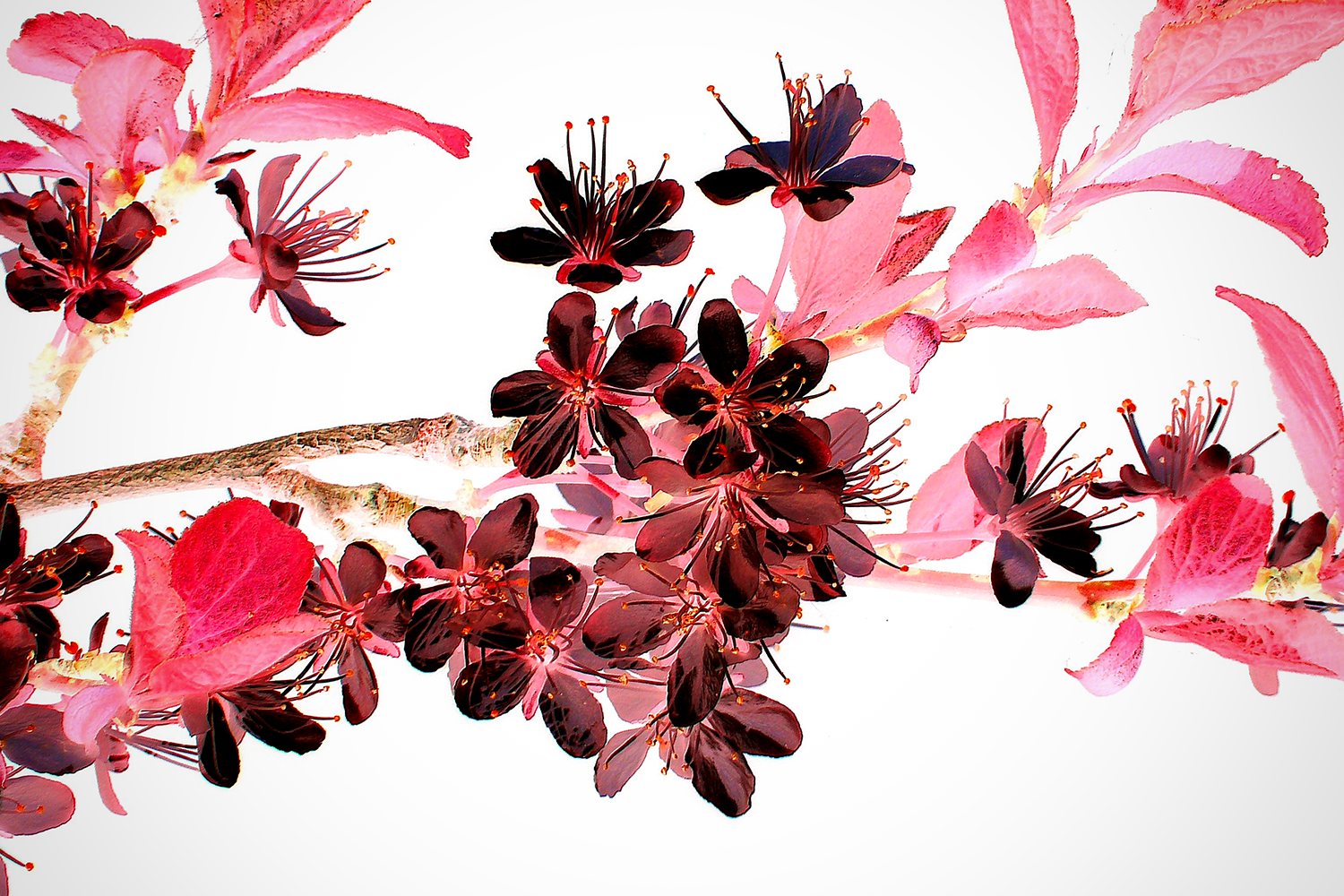
How to Create Japandi Art
If you're interested in creating Japandi art, there are a few things you should keep in mind.
First, as we mentioned earlier, the colors are typically muted.
So, if you're going to use color in your Japandi art piece, make sure it's not too bright or vibrant.
Second, nature scenes are very popular in Japandi artwork.
So, if you're including a landscape in your piece, try to keep it simple and clean.
Third, geometric shapes are also often used in Japandi art.
If you're including shapes in your piece, make sure they're clean and well-defined.
Finally, remember that Japandi art is all about simplicity.
So, don't try to include too many elements in your piece; less is more.
One of the best things about Japandi art is that it can be created using a variety of mediums.
Here are a few of the most popular:
- Painting: Japandi artwork is often created using watercolors, gouache, or acrylic paints. If you're new to painting, we recommend starting with watercolors; they're relatively easy to use, and they produce beautiful results.
- Drawing: Japandi art can also be created using pencils, charcoal, or pastels. If you're new to drawing, we recommend starting with pencils; they're relatively easy to use, and they produce beautiful results.
- Printmaking: Japandi artwork is often created using woodblock printing, screen printing, or stenciling. If you're new to printmaking, we recommend starting with woodblock printing; it's relatively easy to use, and it produces beautiful results.
- Photography: Japandi artwork is often created using black-and-white or sepia-toned photographs. If you're new to photography, we recommend starting with black-and-white photography; it's relatively easy to use, and it produces beautiful results.
As you can see, there are a variety of ways to create Japandi art.
So, if you're looking for a creative and affordable way to add some flair to your art collection, Japandi art is a great option.
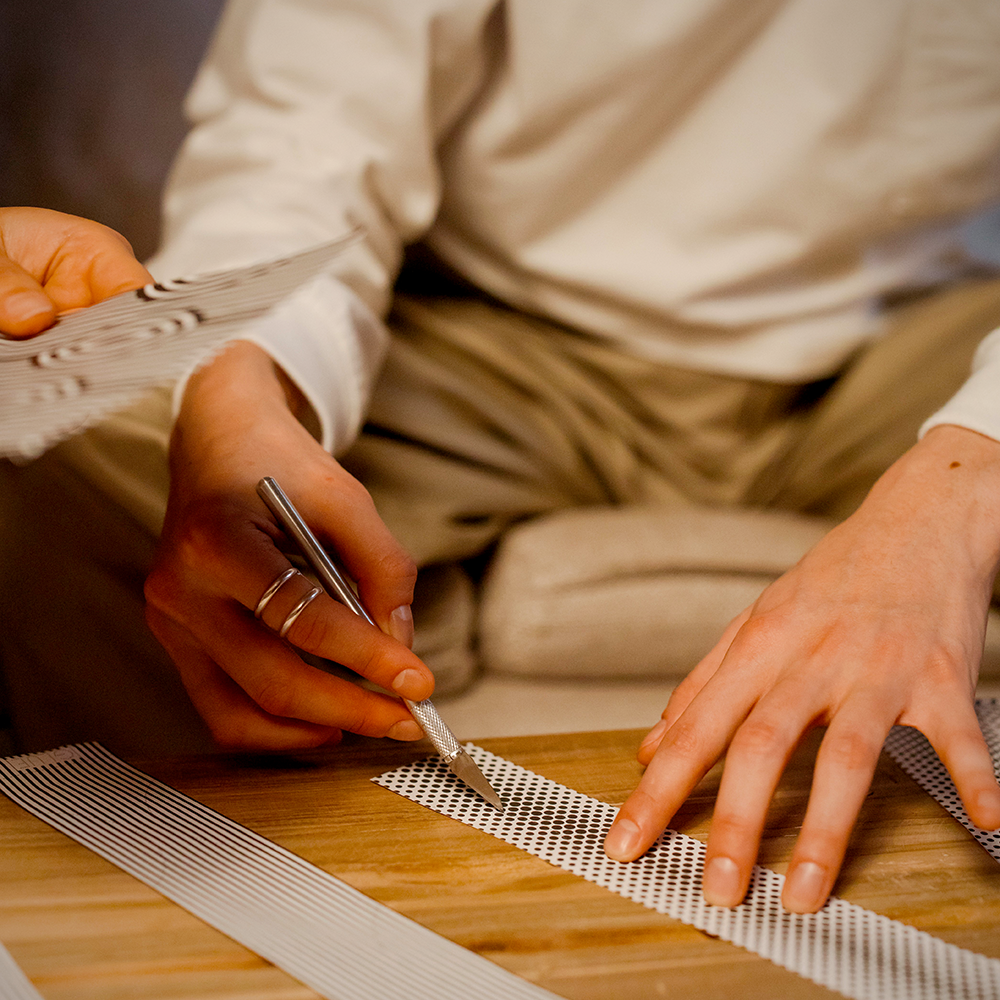
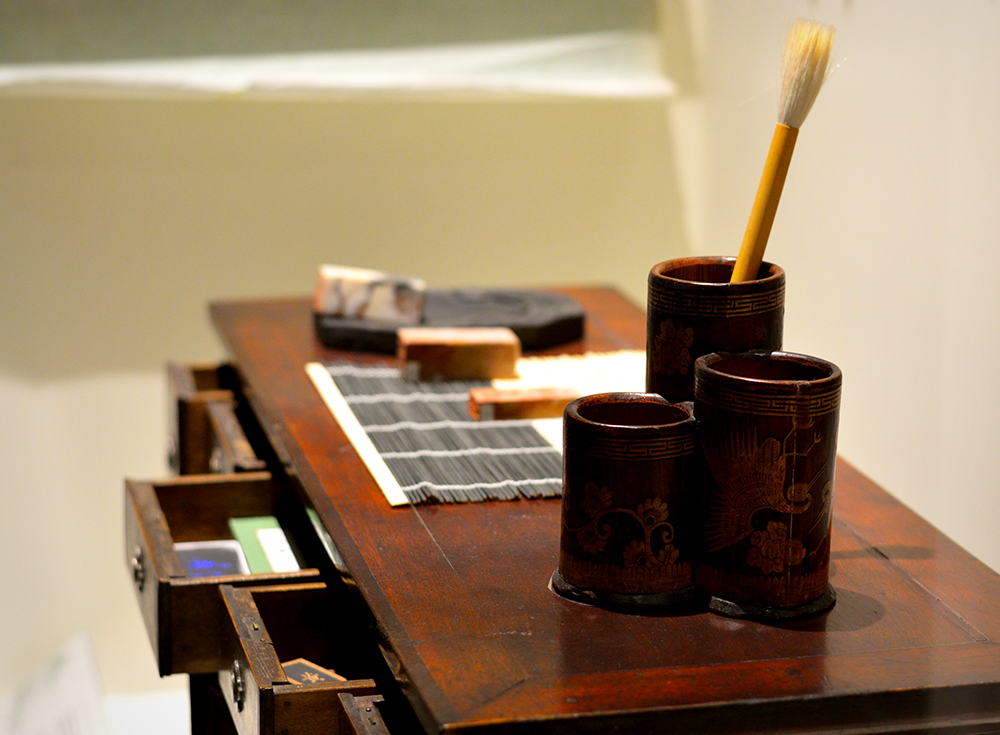
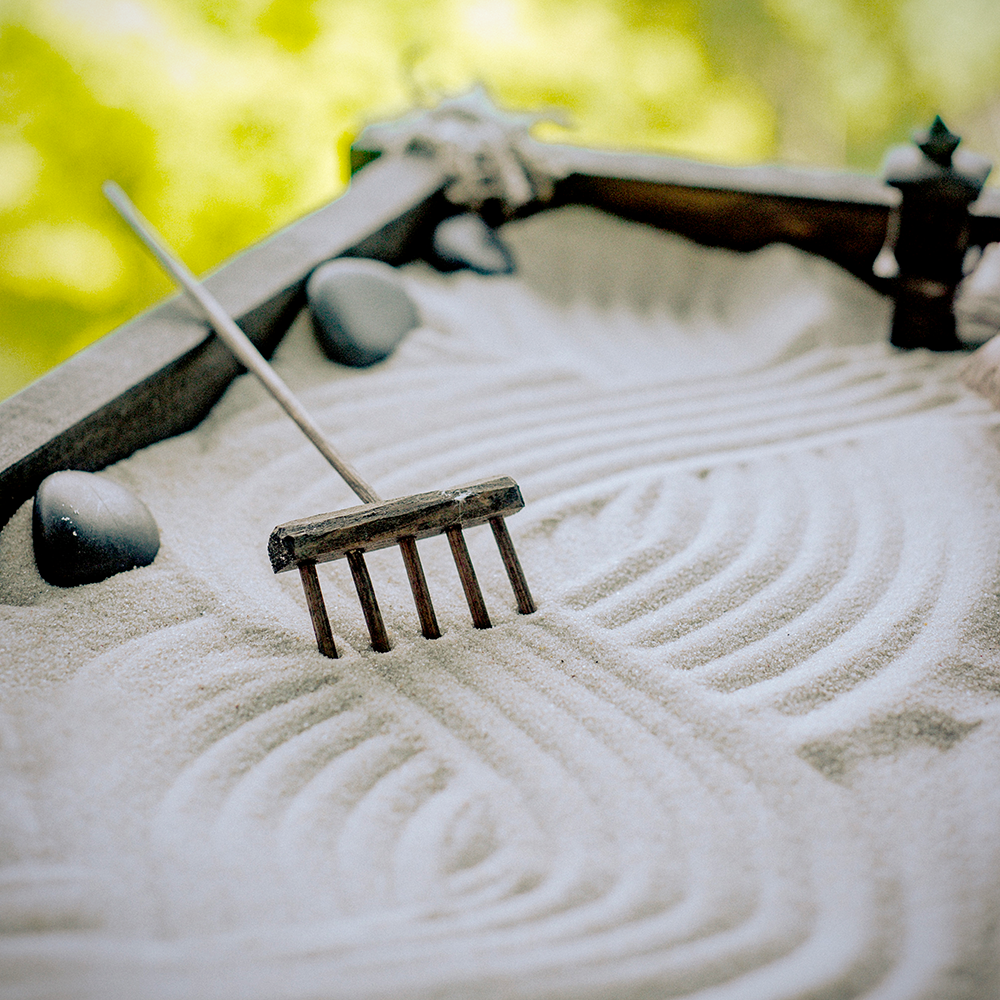
Creating Japandi Art
Japandi art is a beautiful fusion of Japanese and Scandinavian design elements.
If you're looking for a creative way to add some global flair to your art, this is definitely the style for you!
Keep the colors muted, focus on nature scenes or geometric shapes, and most importantly, have fun!
So, grab your art supplies and give Japandi art a try!
You might be surprised at how much you enjoy it!
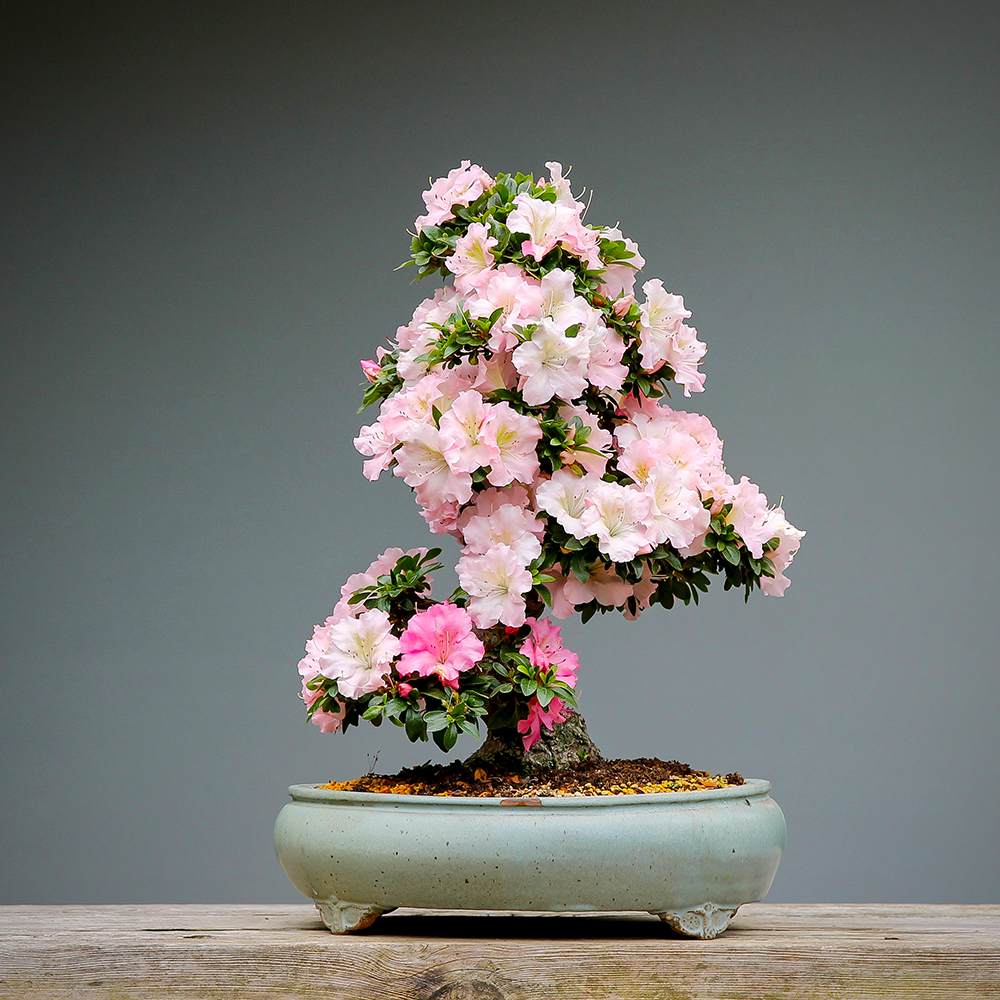
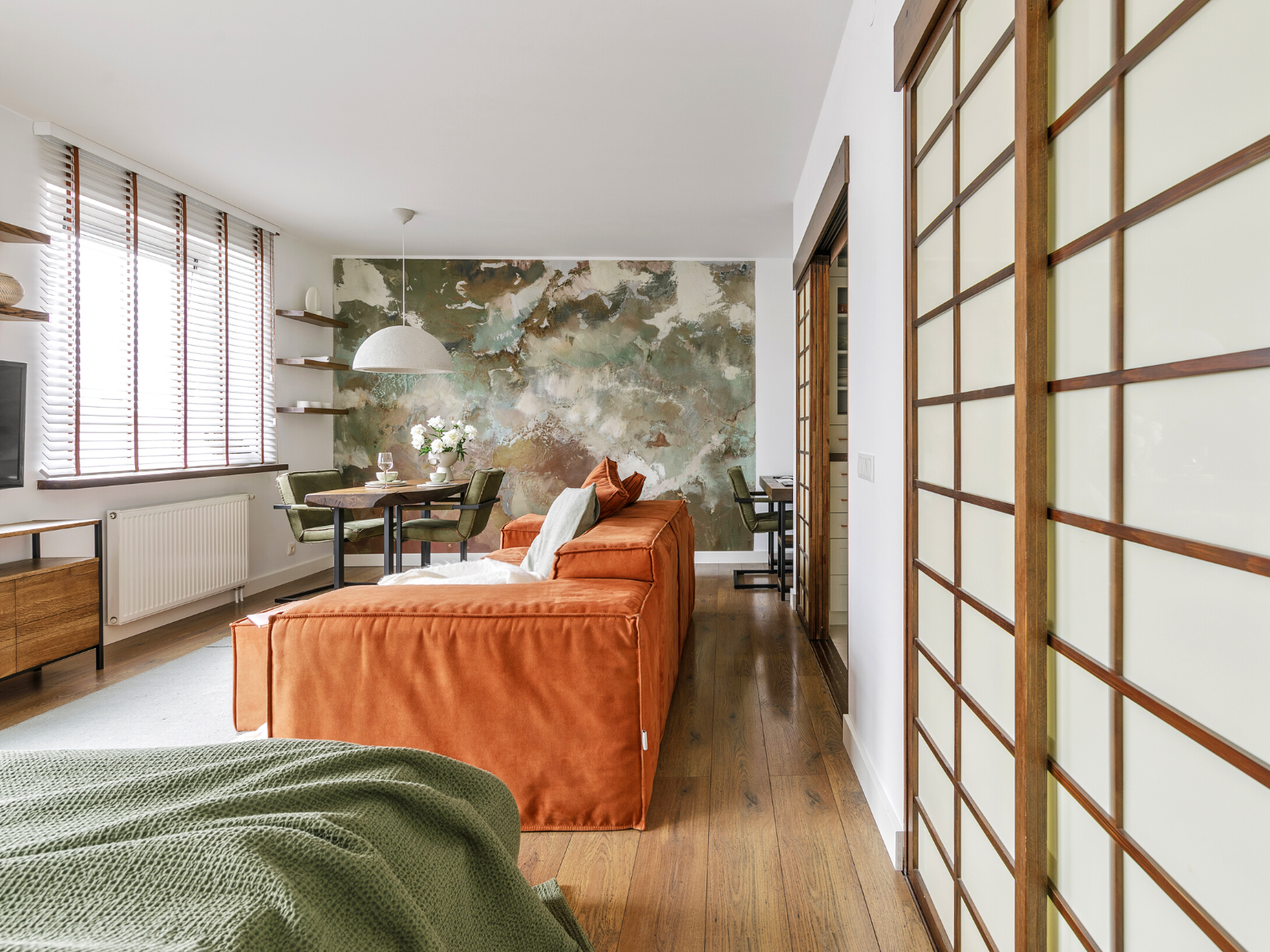

Want to learn more about the Japandi style? Check out Posh Pennies' video!
Want even more content about creativity and art?
Be sure to check out all of our creative chronicles!
Interested in learning more about art?
Check out some of our art guides:
